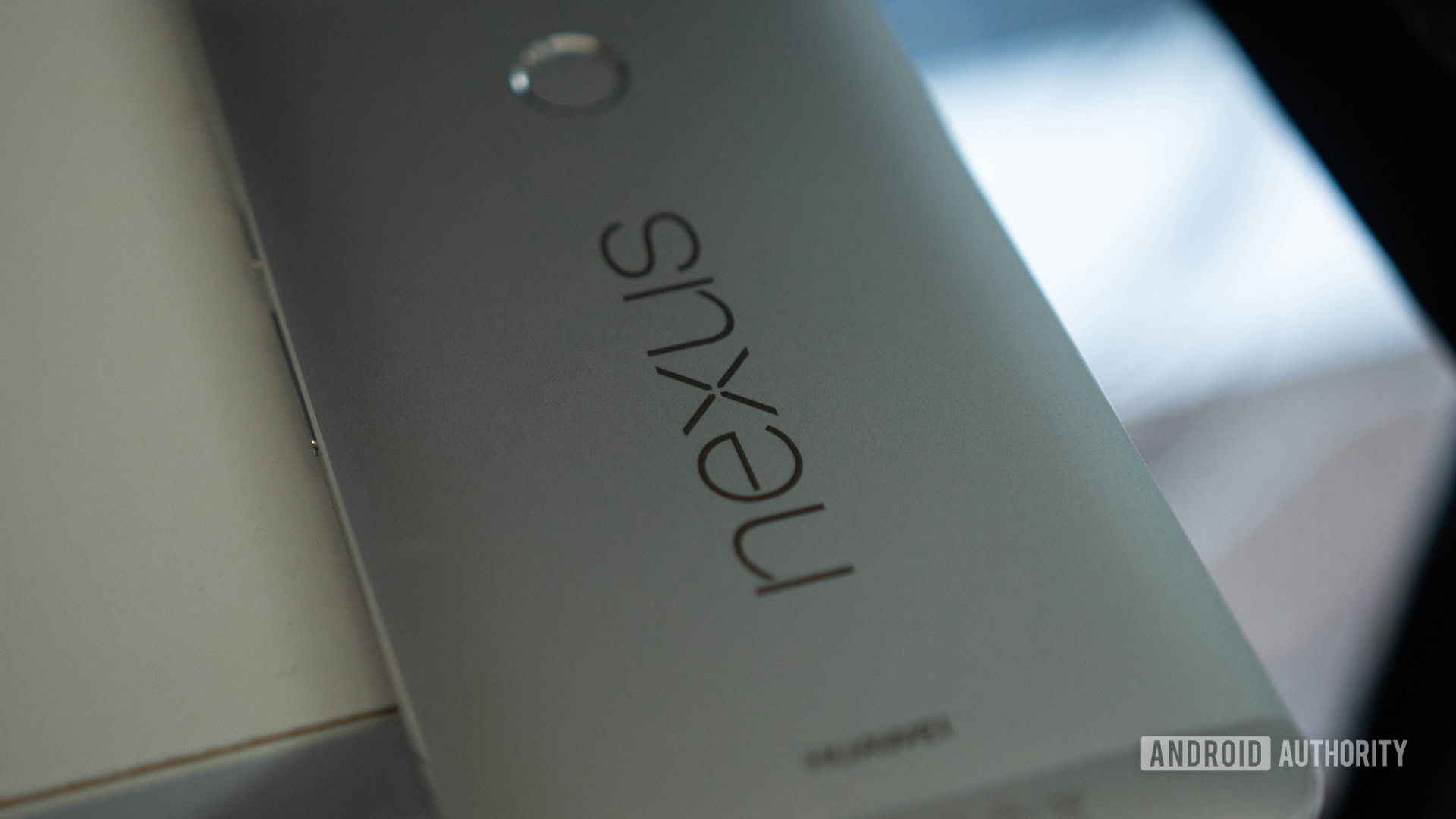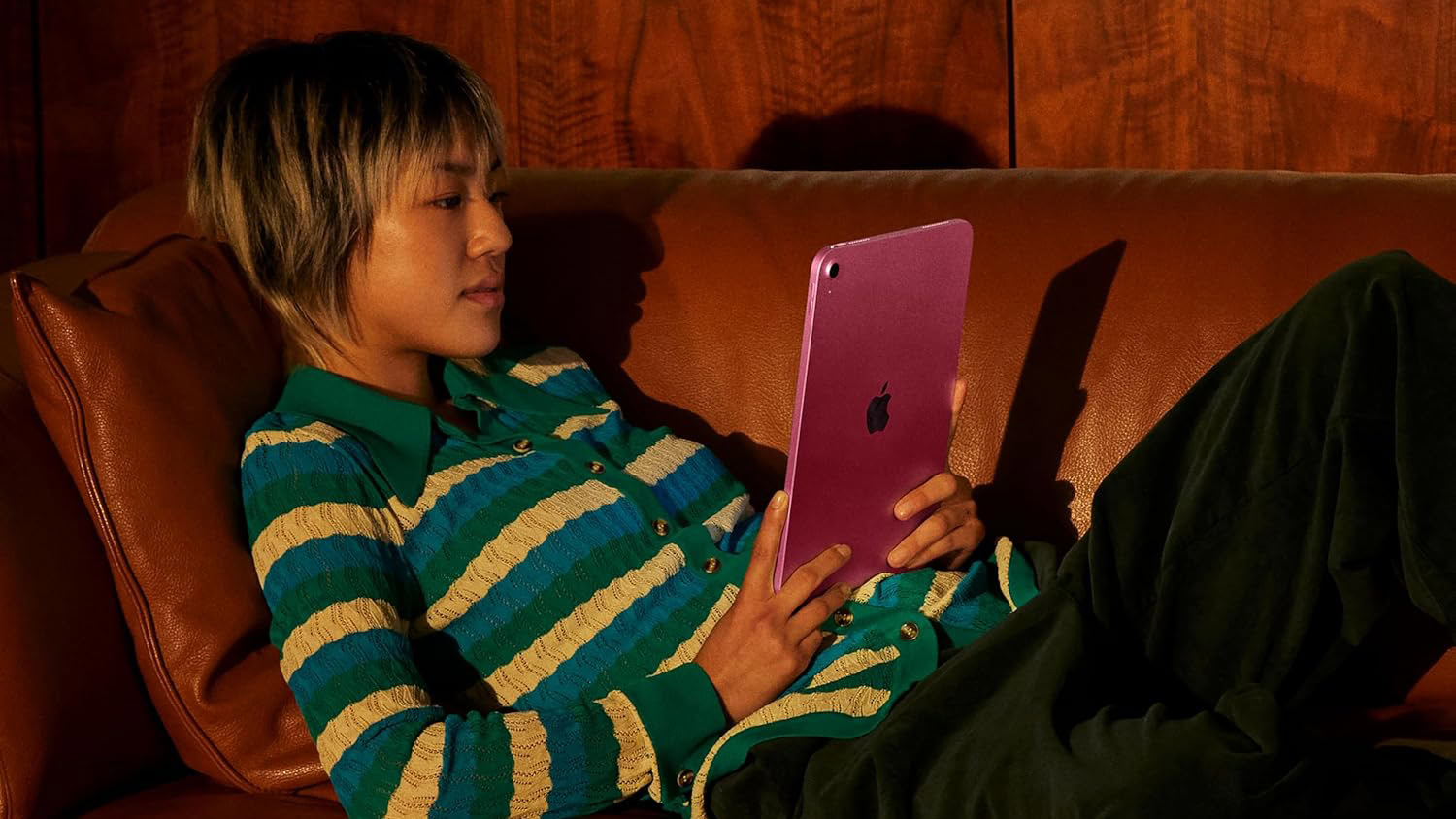Wireless charging has been a regular sight on smartphone spec sheets for years. Most gadgets offering wireless charging use the Qi standard, which was updated back in 2023 to include support for magnetic chargers. Now known as Qi2, it effectively brings Apple’s MagSafe charging to the wider world – or least it will once other companies start supporting it.
It took several years from the standard being signed off to the tech appearing in Android phones you could actually buy. But now they’re finally here, here’s everything you need to know about how it works, and why you’re definitely going to want it on your next handset.
What is Qi2?
Qi2 is the latest wireless charging standard, which incorporates magnets around the charging coils to improve alignment and make it easy to attach peripherals. That should sound familiar to iPhone owners, as it’s identical to Apple’s MagSafe technology. It’s because Apple, as a member of the WPC – the group of companies that agree to the standard – proposed making MagSafe part of the Qi spec.
It means there are already thousands of MagSafe-compatible accessories and add-ons that will also play nicely with Qi2-equipped smartphones. And because these devices perfectly lock into place using magnets, the charging speeds are able to be higher and more efficient. The charging pads and coils can be smaller, too.
The latest version, Qi2.2, supports 25W charging speeds – up from 15W with the original Qi spec – though it’s on the phone manufacturer as to whether a handset can take advantage of it.
Which phones support Qi2 and when will my smartphone get it?

The Qi2 specification might’ve been signed off back in 2023, but it’d be several years before the first Android phones arrived with support for it. Apple had a huge head start, as MagSafe was already a part of the iPhone’s hardware spec.
Here’s a full list of devices with Qi2 support:
- iPhone 13 14, 15 series (15W)
- iPhone 16 series (25W)
- HMD Skyline (15W)
- Google Pixel 10, Pixel 10 Pro, Pixel 10 Pro Fold (15W)
- Google Pixel 10 Pro XL (25W)
That’s your lot as of August 2025. Other Android brands claim to be “Qi2 ready”, but that basically means you’ll have to stick your phone in a case lined with magnets if you don’t want the charging pad to just slip off your handset. Samsung and OnePlus are the biggest offenders here.
As Qi2 requires new hardware (namely, the magnets), it won’t come to the smartphone currently in your pocket. You’ll have to wait for your next upgrade.








